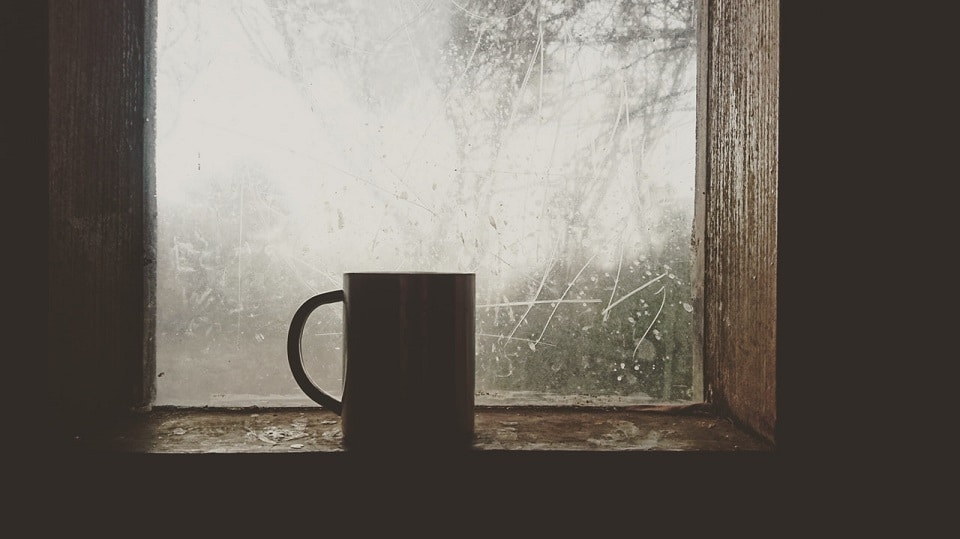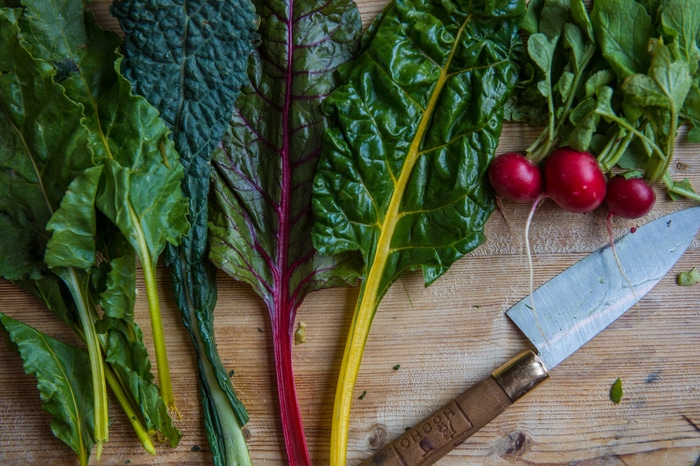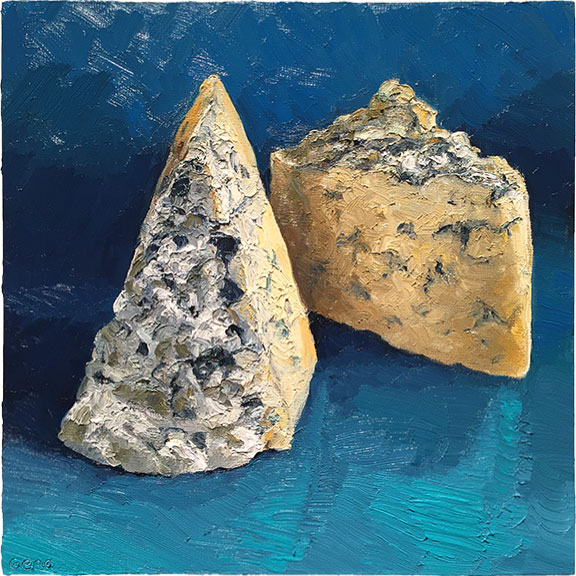This feature is brought to you by Chester County Hospital, which offers a wide range of medical services and treatments, as well as community wellness and educational resources, including nutrition counseling. For more information about wellness services, call (610) 738-2300. To find a health care provider near you, call the hospital’s Physician Referral Service at (800) 789-PENN (7366) or visit the Find a Doctor section of the hospital’s website.
As the winter sets in — and with it, cold weather, dwindling daylight and less opportunities to get outside — we often experience a shift in our attitudes and energy levels. It can be harder to get out of bed, a struggle to complete even routine tasks, and it’s oh-so-tempting to indulge in unhealthy food and alcohol to try to help ourselves feel better.
Over the past decade, Seasonal Affective Disorder (SAD) has become a more talked-about and understood term in the wellness and medical worlds, but is SAD the same thing as just feeling a little blue throughout the cold season? And can food be a remedy to help mitigate the effects of SAD?

Always ready to help answer our health and wellness questions, our friends at Chester County Hospital connected us with Dr. Charles Catania, a primary care physician at Myers Squire & Limpert, Gateway Medical Associates in West Chester, PA. Dr. Catania expertly fielded our questions about the relationships between SAD and food — here is our conversation, which we hope will help anyone struggling with SAD!
PA Eats: First, can you define SAD in proper medical terms?
Dr. Charles Catania: Seasonal Affective Disorder (SAD) describes episodes of depression, mania (state of heightened activity), or hypomania (state of lower mood) that regularly occur during a particular season.
The most common form of SAD is winter depression, marked by recurrent depression that can begin in the fall or winter periods, usually improves in the following spring or summer. Less commonly there can also be summer depression. Recognizing the disorder is important because SAD is common and associated with psychosocial impairment and can recur in subsequent years.
How much of it has to do with weather and daylight?
There is good evidence out there that the brain produces higher levels of the mood-lifting chemical serotonin on sunny days than on darker days.
When levels of serotonin drop in some individuals they can display some symptoms, such difficulty concentrating, low energy or fatigue, loss of interest in daily activities, moodiness and sleeping excessive amounts. In fact, some treatments include both the use of artificial light and medications that can increase circulating serotonin levels.
Are there different levels of the disorder?
Just like many mental health conditions, there can be varying degrees of the disorder. Generally, it is influenced by the severity of the illness, the amount of emotional support surrounding the affected individual, financial and social standing could also affect the severity of SAD. There are also certain risk factors that can increase one’s risk for SAD and symptom severity, like family history, younger age of onset, female gender and living further away from the earth’s equator.
As SAD has become more acknowledged and understood in the mainstream, have you experienced more patients asking and talking about it?
We definitely see more patients coming in and saying things like, “I think I have that seasonal depression,” or even using the term “Seasonal Affective Disorder.” With avenues like Google and social media, more people are discussing and looking up symptoms, and there can be good and bad that comes of this.
[For me] as a family doctor, the good is the heightened awareness of what’s out there, the bad is the amount of misinformation that can be spread through online outlets. So, I recommend that one always follows up online research with a good discussion with their family doctor.

How does food play into our overall mood/mental outlook?
Food and nutrition are very important in our overall mood and mental wellness. There have been studies that show that improving one’s diet can greatly improve blood flow to the brain — fats and proteins remain the building blocks of brain tissue and food high in those can help create energy and improve electrical signals in the brain.
Certain foods can also increase the level of certain hormones like serotonin and endorphins and can really help improve our overall mood. Foods that are high in antioxidants and vitamins could be considered anti-inflammatory-like, and could also be beneficial.
Some examples of these foods are olive oil, green leafy vegetables (like spinach, kale and chard), nuts like almonds and walnuts. fatty fish like salmon, mackerel, tuna and sardines, and fruits like strawberries, blueberries, cherries and oranges.
Are there certain foods that can help mitigate (or worsen) SAD?
On the opposite end of the spectrum, a poor diet and lack of nutrition could overall worsen one’s mood. Some of the foods that could be a cause for worsening SAD symptoms would be foods that are high in complex carbs and gluten (white bread and pastries), sweets, refined cereals, fried foods (french fries, etc.), processed meats like hot dogs and sausage, red meat, fats like margarine, shortening and lard, and sugary drinks like soda.
We need to be careful to balance out our diets in order to keep our blood sugars balanced. Lower levels of blood sugar have been shown to cause fatigue and headaches which could worsen SAD symptoms. I would also avoid foods that can booster tryptophan (such as turkey and some red meat) which can decrease energy and cause fatigue.
Even for people who aren’t technically diagnosed with SAD, do you have any general diet-and-wellness rules of thumb for getting through the winter months with a healthy outlook?
A good rule to help you fight through the winter months would be to have a well-balanced diet with some of the anti-inflammatory-like foods mentioned above. Incorporate daily aerobic exercise to help boost energy. One should take advantage of sunny days, get out for a walk and enjoy the sunlight while it’s there.
Regardless of the temperature, light therapy has been a long-time therapy for SAD and has been shown to work. Arranging your home so that more light enters the windows could also be very helpful. If you are looking for daily vitamin supplements, vitamin D, fish oil, and B vitamins are beneficial.
Remember that SAD is a common disorder, if you think you might be suffering from Seasonal Affective Disorder, use your support system around you and seek out some professional help from your family doctor.
Many thanks to Dr. Charles Catania and Chester County Hospital for helping us better understand the connection between SAD and food and how nutrition can help us get through the winter.
Chester County Hospital is located at 701 E. Marshall Street in West Chester; phone: (610) 431-5000.
- Chard photo: Alexandra Whitney Photography
- All other photos: Pexels








One Comment